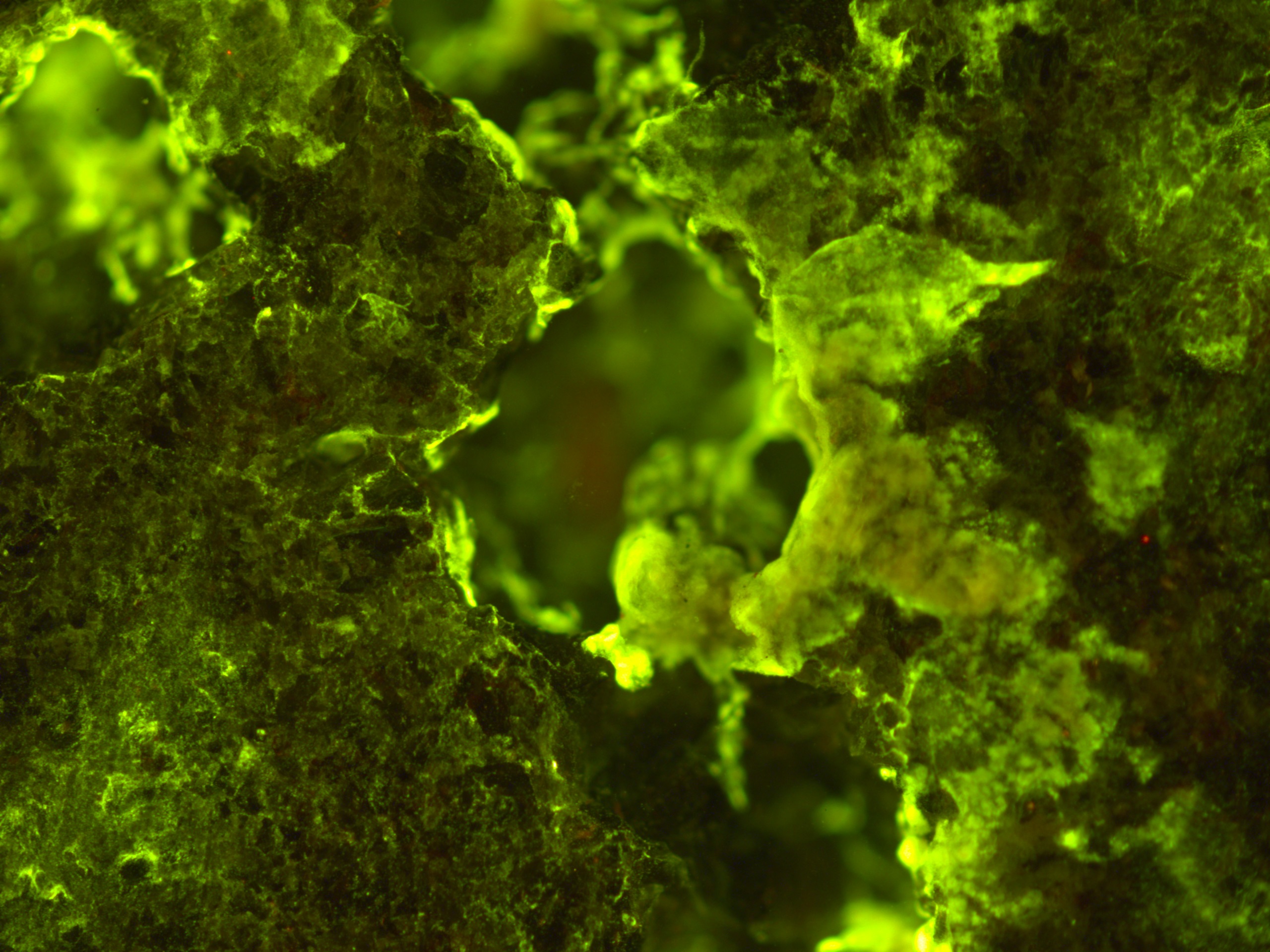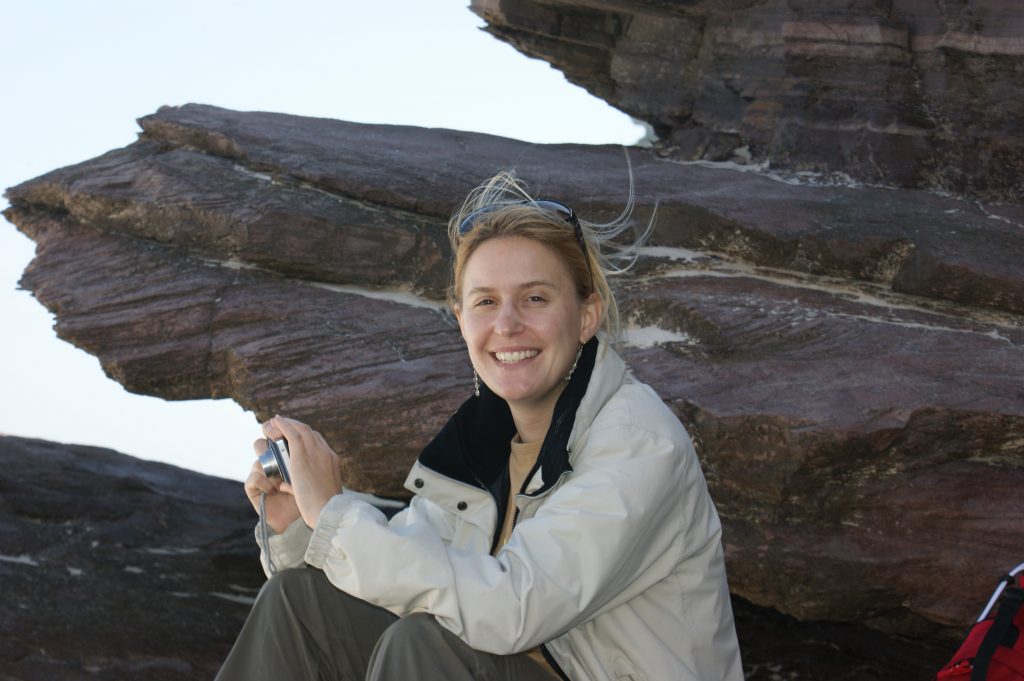She believes that “the Red Planet is a choice of excellence to understand planetary evolution because it is geologically less active than Earth.” Martian meteorites have given her clues and helped her propose time scales for Mars’ formation, but not knowing from which region of the planet they come from leaves a bitter bias.
“I cannot wait to look at the samples myself. Even if I have to wait a few years, the thought of having fresh pieces of Mars in the lab thrills me,” she confesses. She will finally get to know exactly where they come from.
The perfect lab
Vinciane is a researcher at the Université Libre de Bruxelles, in Belgium, and is also part of the group of European scientists recently selected to participate in the Mars 2020 mission. While the mission is piloted by NASA, she thinks that “it’s great that the European scientific expertise is recognised with such a strong partnership.”
She hopes to contribute to the team with a good overview of what could be the most suitable samples to answer questions about habitability. “Finding extraterrestrial traces of life would be an amazing discovery not only for science, but also for humankind,” she says.
There is no place like Mars to find out whether the conditions for supporting life ever existed. “Mars is the perfect laboratory to check as the environment has dramatically changed over time,” she explains.
However, the size of the samples will be limited to what can fit in small tubes and that will challenge the team to select the best sample.
From her experience curating meteorites, Vinciane knows how to strike the balance between analysis and preservation.
“Many analytical methods are destructive, so we need to be conservative and think about keeping some samples for the future,” she adds.
The more answers she can get from each sample, the happier she will be.





